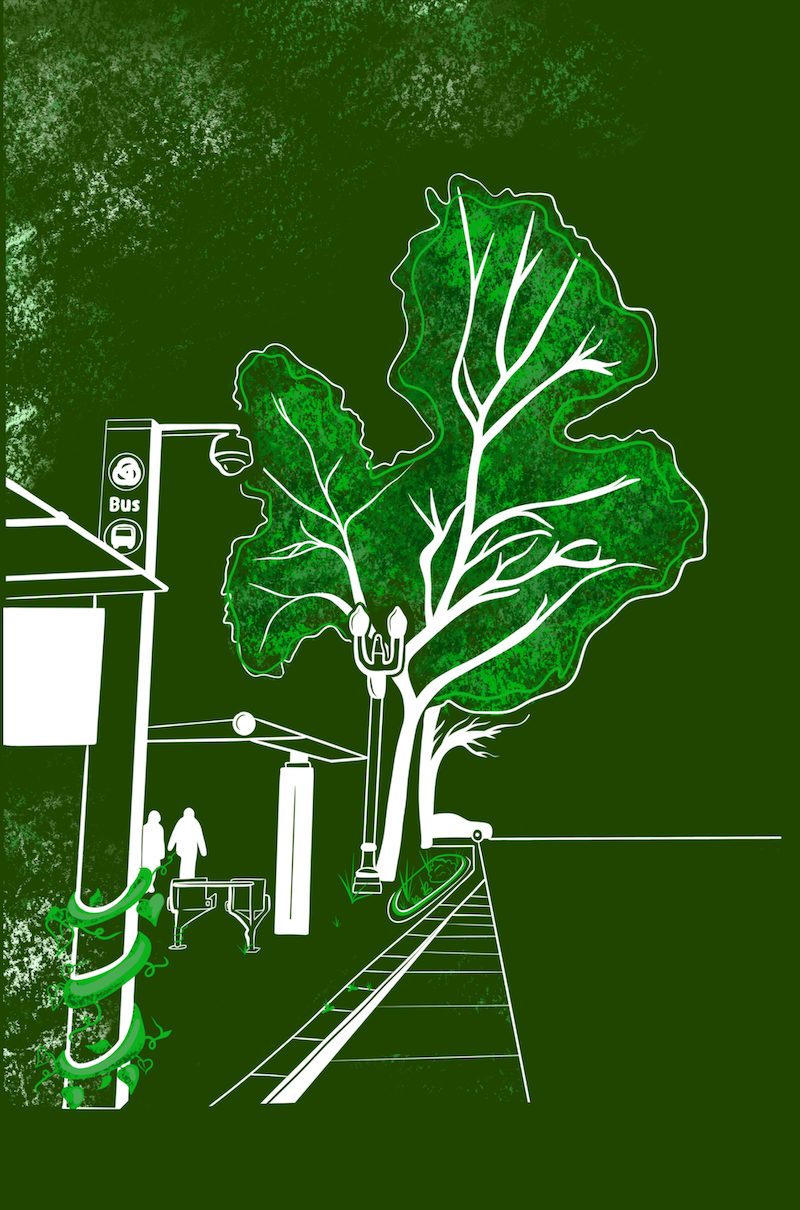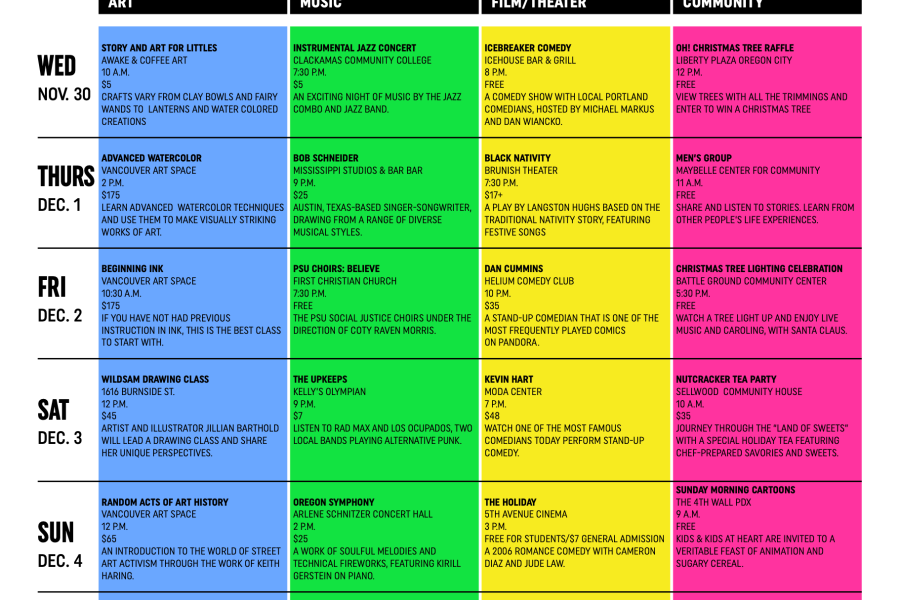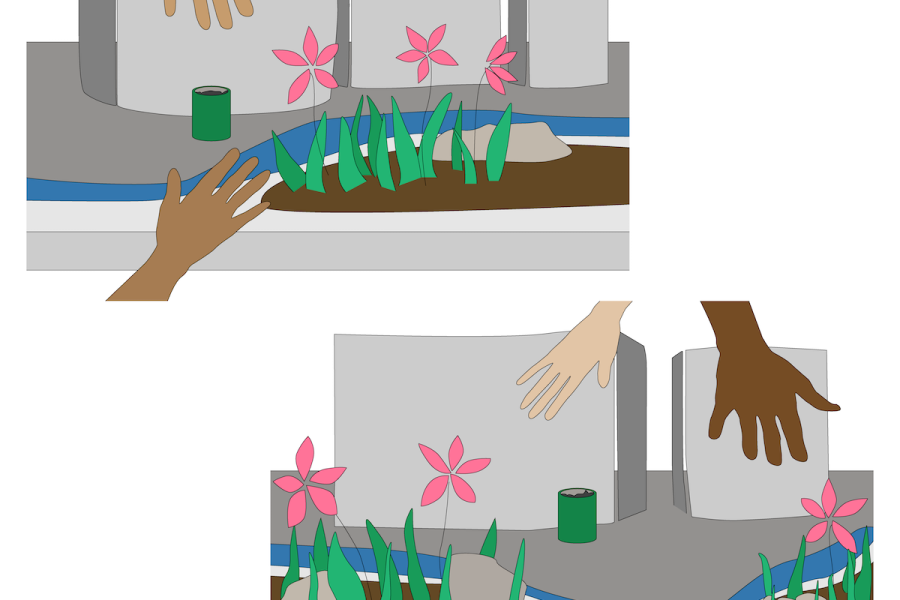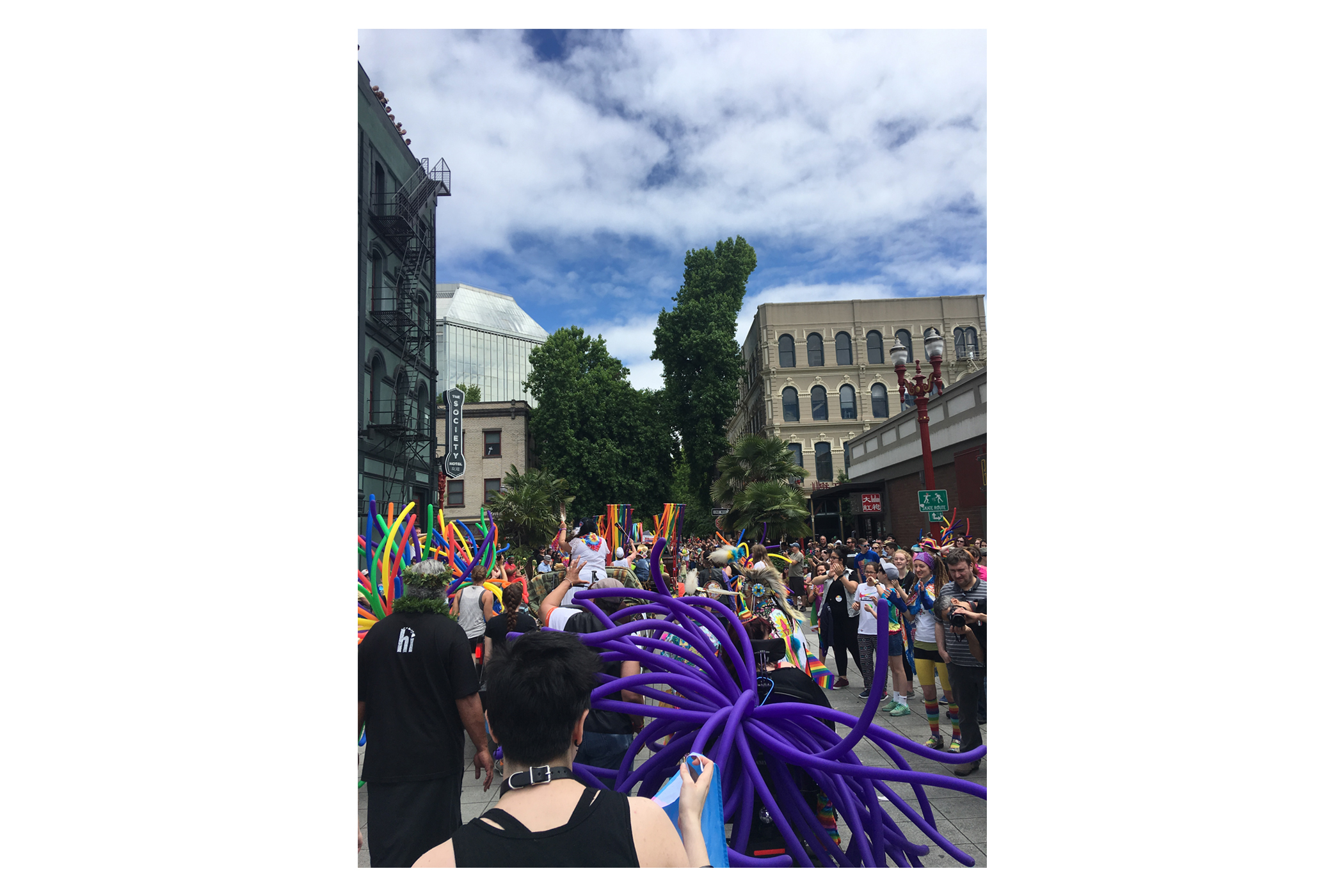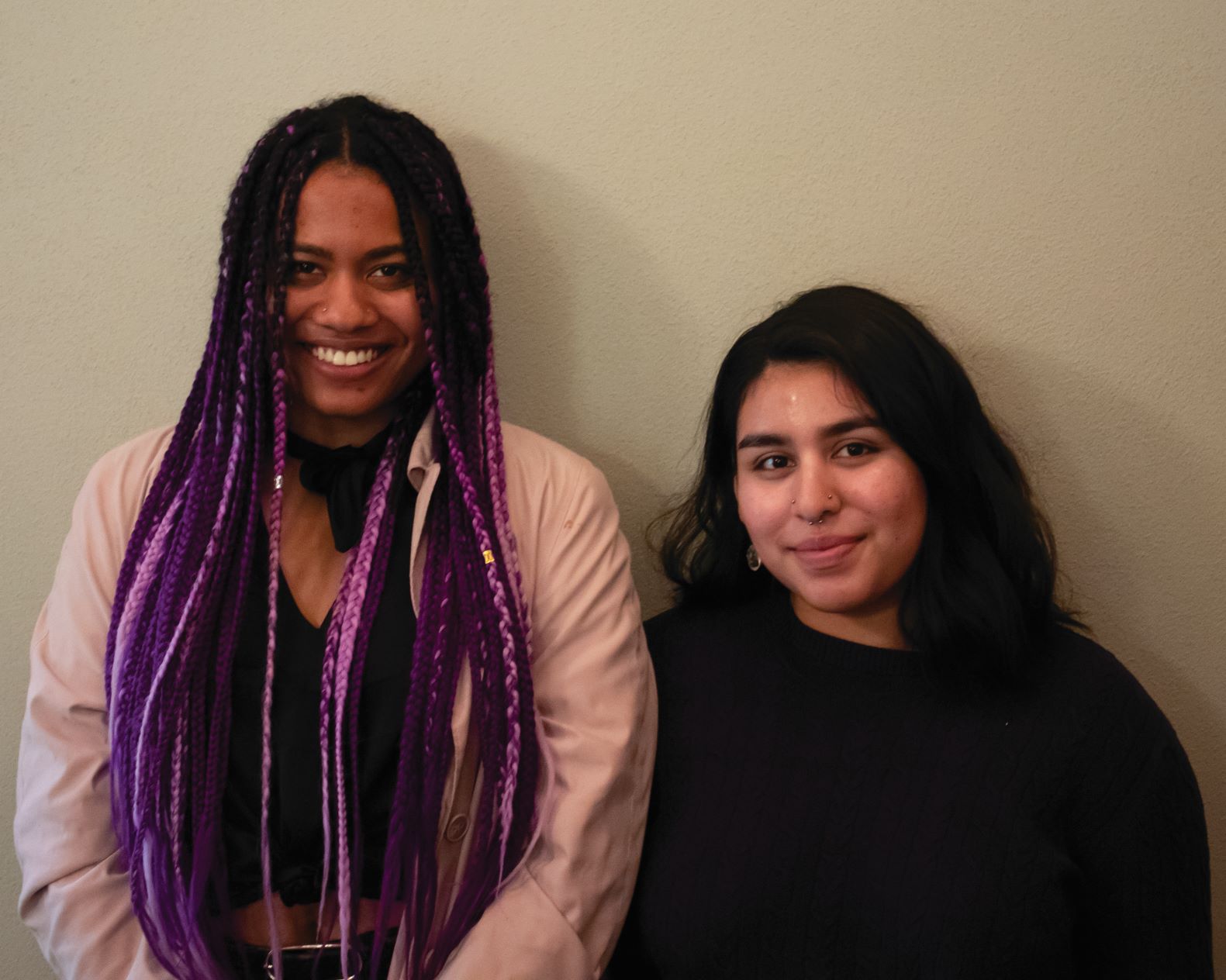Readers, in a world where negative news about the drastic environmental effects of urbanization dominates the news and feeds into readers’ demand for doom and gloom, Portland State Vanguard would like to balance things out with some good news: stories about what the people of Portland are doing to develop a greener, more sustainable city. This is an introduction to our Greenspaces Series, where Vanguard will be exploring ongoing and upcoming green projects that have been running behind-the-scenes. From depaving asphalt and concrete to make room for trees, to working with plants to manage stormwater, the stories that will be covered in this series are just a few of the projects that highlight how the city of Portland is using nature to heal nature. Read on to see a few of the projects that will be covered in Vanguard’s Greenspaces Series.
Bioswales
To combat stormwater runoff from roofs, sidewalks and any surfaces flowing into sewers and rivers without initial filtration, the Bureau of Environmental Services of the City of Portland runs a green street program that builds and maintains bioswales to do this. “Green street planters, also known as rain gardens or bioswales, are landscaped areas between the street and the sidewalk that use plants and soil to slow, filter, and clean stormwater running off streets and sidewalks,” their website states.
Vanguard spoke to Walker Cahall, an illustrator and designer who has worked on projects that communicate science data to the general public. “[Rainwater runoff] hits the pavement and then there’s oil… pesticides and garbage… typically that just runs into the sewer,” Cahall said. “So essentially the bioswales… act as a filter between the road and the sewer.”
Holman Pocket Park and Green Street Bike Boulevard Project
This is another project by the Portland Bureau of Environmental Services that manages stormwater runoff. This project included using green streets to turn NE 13th Avenue into a bike street that causes a hindrance for vehicles and promotes biking instead. “They’ve actually created a lot of bioswales as sort of impediments to cars,” Cahall said. “Eventually this infrastructure is a two-fold infrastructure where it… diverts car traffic, but it also acts as a water management system.”
PBOT Pilot Program
The Portland Bureau of Transportation (PBOT) plans on replacing car parking spaces with trees with their Trees in the Curb Zone Pilot Project.
“The goal of this project is to develop a framework for tree planting in the curb zone… with the end goal of constructing tree space in the curb/parking zone,” the PBOT website states. “The project aims to plant a few street trees per block along a corridor (exact location to be determined) by repurposing on-street parking along corridors that currently do not have street trees or any space for street trees.”
Creating shade space is one element of greenspaces. “That means that they’re bringing trees and… part of that is also slowing down our roads and creating more greenspace and then also potentially bringing in stuff like parklets,” Cahall said. “So the combination of the greenspace and the streeteries essentially makes it so that we are taking space back from a car-centric world and giving it back to people, so creating a more human-centric design to our cities.”
PDX Green Loop
Portland’s Green Loop project is a long-term, far-future plan that aims to tackle the growth of the city by renewing existing spaces and creating newer, greener ones.
“The Green Loop will create a new place in Portland unlike anything that has come before it,” their website states. “Its unique combination of leafy green canopy, urban pedestrian plazas, comfortable mobility zones and engaged adjacent development will make it a destination or activity in and of itself — creating new reasons for people to visit the city, take a break from a busy day, or stay longer after work enjoy the sights and sounds of a vibrant American metropolis.”
“It’s like trying to create a pedestrian-only system of roads,” Cahall said. “It’s a huge endeavor for the city… it’s gonna become essentially a giant green river and public throughway through the entire city by 2035.”
These are only a few of the projects that Portland has been working on, and which Vanguard’s Greenspaces Series will highlight. Please join us as we show how, slowly but surely, the city famed for forests and parks is making strides towards the greener good.

